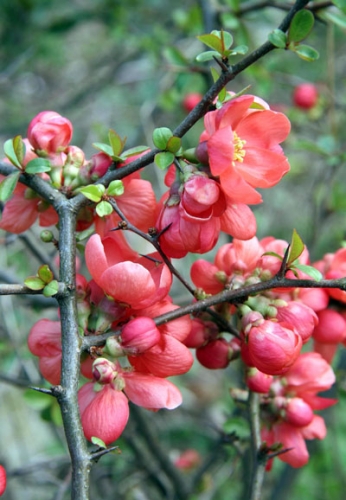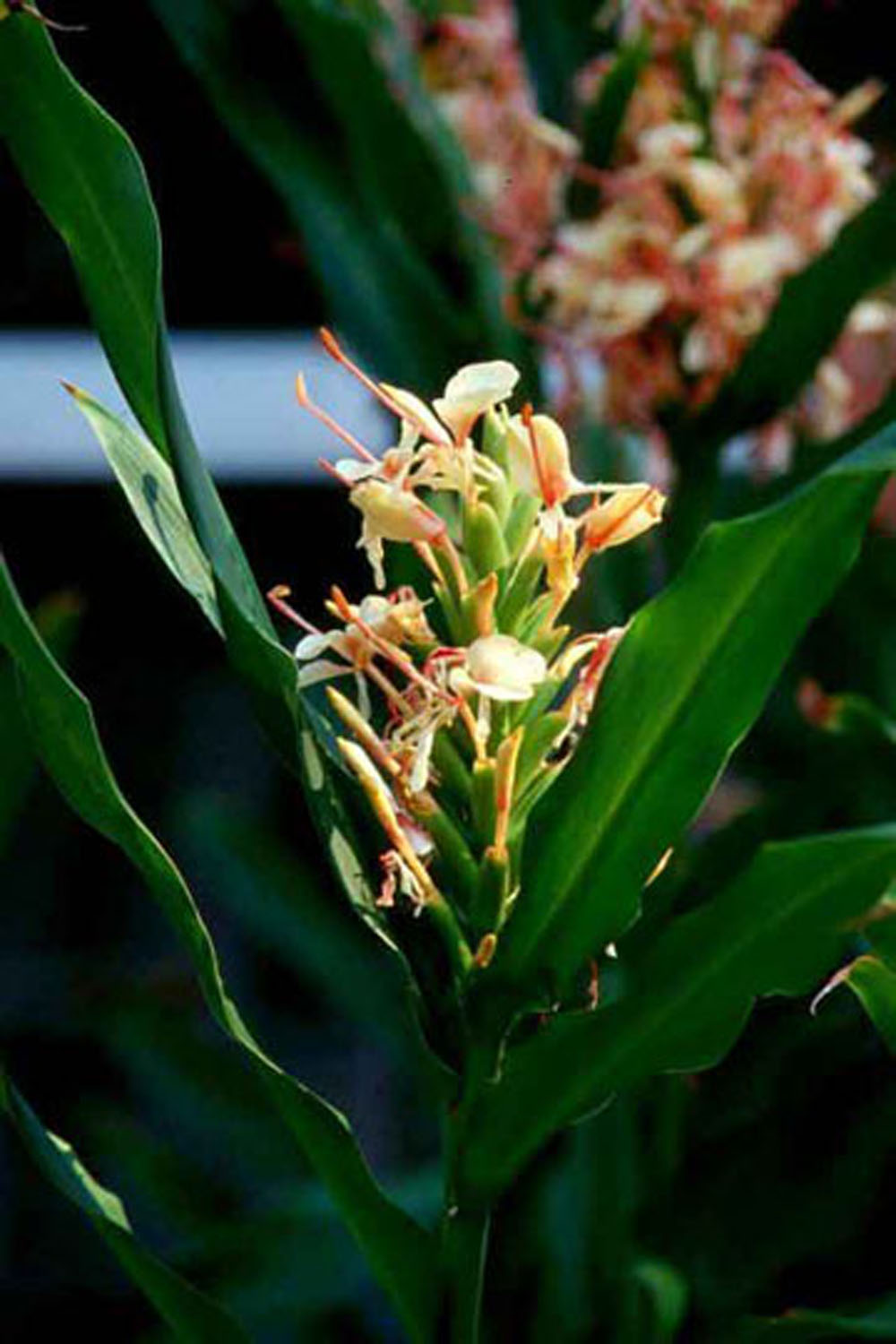

February 2025 by Bronwynne Bailey, Lafayette County Master Gardener

Oleander (Nerium oleander) is a member of the Apocynaceae family.The plant is native to northern Africa and the eastern Mediterranean. Oleanders contain a naturally occurring toxin (cardenolide glycosides) which can be harmful—even fatal—to humans and pets. If exposure is suspected, contact your local Poison Control Center or go to the emergency room. Do not burn pruned branches; the toxins can become airborne and may cause respiratory difficulties if the smoke is inhaled. Pet and livestock ownersare encouraged to place this plant out of the reach of animals who may graze on it.
Growth Habits
With pruning, oleander can be kept at a shrub height, or it can be trained into a small tree reaching between ten and eighteen feet tall. Shrubs will form a mounded shape up to 10 feet wide. There are dwarf cultivars, like ‘Petite Pink’ and ‘Petite Salmon’, reaching 4 feet in height that will work well in smaller spaces without pruning. Oleander has long, slender, dark green leaves and blooms throughout the warm months. The flowers come in shades of white, pink, red, coral, or yellow, depending on the variety. There are varieties with single blossoms and double blossoms. Single flowers usually drop cleanly, while spent double flowers may linger on the plant. The double-flower oleander is most fragrant. You’ll most likely find oleanders for sale by color, rather than by a variety name.
Soil Preferences
With its slim leaves and petiteflowers, the plant looksdelicate, but oleander is low maintenance. It will grow in USDA Hardiness Zones 8 through 11. It will grow in any type of soil.
Planting Depth & Spacing
Oleanders do best in full sun but will tolerate partial shade; too much shade will reduces flowering. If you’re looking to create a hedge row with your oleander plants, they should be planted at 5-to-7-foot intervals.
Watering
Oleanders are very drought tolerant and will do fine without supplemental watering. During the dryer months, supplemental watering at the base of the plant will improve plant health. Avoid overwatering and spraying directly onto the leaves.
Fertilizing
Fertilize in the spring.
Pruning
To maintain a tree form, remove suckers that will grow at the base of the plant. Since oleanders bloom on new wood, pruning in fall can stimulate flowering, but fall pruning isn’t necessary. Regularly removing dead, damaged, or infested branches can improve plant health.
Pests
Oleander can become infected with Sphaeropsis gall. If this happens, prune branches at least 6 inches below where symptoms are seen. Prune back further if any discoloration from the fungal growth in the wood is noticed in the cut stem.
It is also susceptible to false oleander scale, aphids, and oleander caterpillars. Oleander caterpillars can inflict serious damage if left unchecked; they can completely defoliate a plant in as little as a week.If you find oleander caterpillars, remove larvae-infested foliage. Oleander sap can cause skin and eye irritation, so be sure to wash your hands immediately after touching any cuttings, or wear disposable gloves while pruning. Hand-pick the non-stinging caterpillars or cut off damaged foliage and the larvae feeding on it. Young caterpillars only scrape the leaf tissue, so this initial damage is easy to spot and can prevent an infestation. Put caterpillars (or the plant matter covered with them) in a plastic bag and freeze for 24 hours to kill the pests.
Propagation
You can propagate through cuttings.



